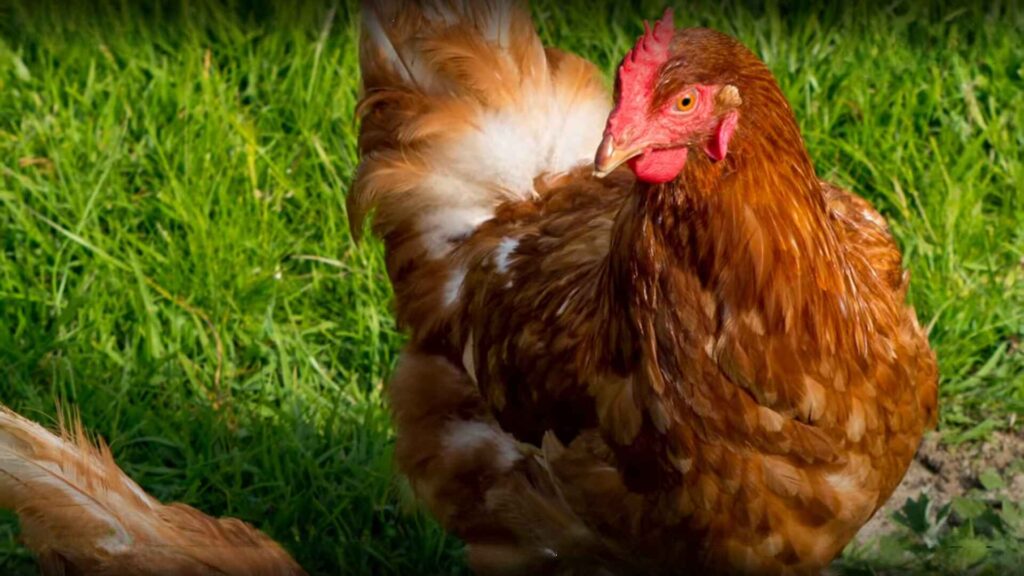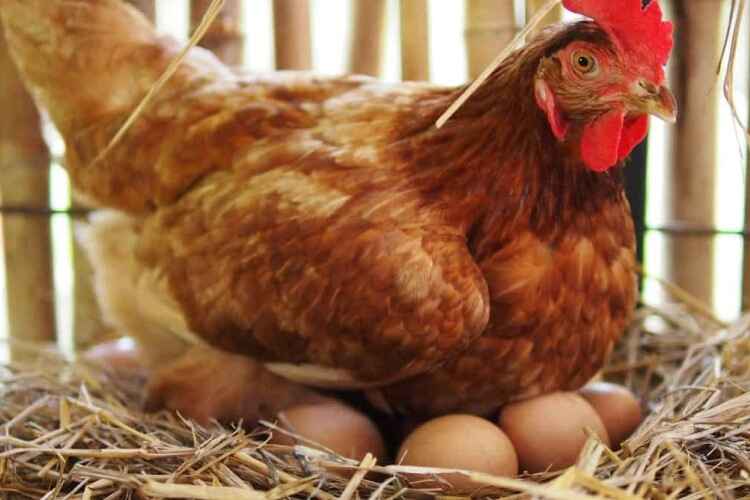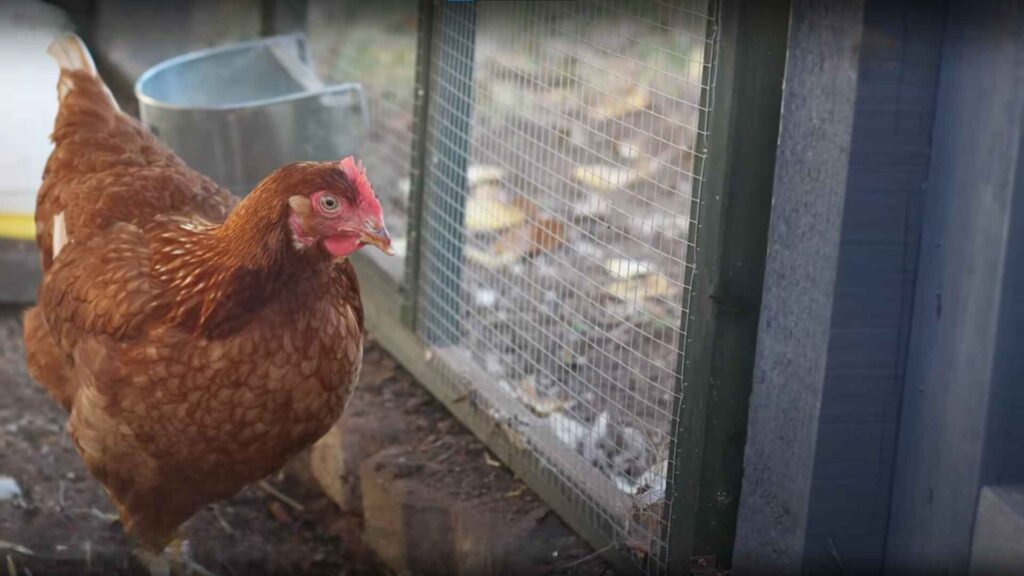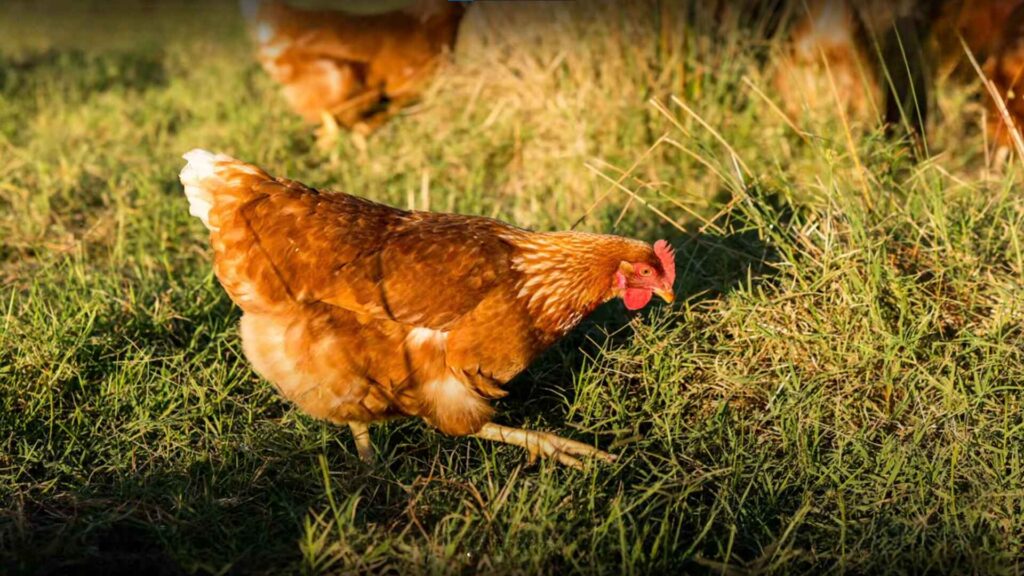When it comes to choosing a robust and prolific chicken breed, the ISA Brown stands out as a popular choice for both backyard enthusiasts and farmsteads around the world. These friendly and quiet chickens are known for their excellent ability to lay lots of big brown eggs—making them a renowned name in the poultry industry.
Originating in 1978, this breed was developed by a French company, Institute de Selection Animale (ISA), to meet the demands of optimum egg production. With their copper-colored feathers and docile temperament, ISA Browns are not only wonderful chooks but also great companions for families.
Their egg-citing reputation speaks for itself, as one hen can lay up to 300 eggs per year, and in some cases, even 350. While they dominate the market for brown egg layers, it’s important to note that 95% of these chickens live up to their promise, with only 4% being mediocre layers and 1% turning out to be a duds.
Whether you’re buying them from a supermarket or directly from sellers, you can be sure these healthy and sweet-natured chickens are a reliable addition to your flock. However, don’t forget that some commercial hybrids like Gingerham, Bonds Brown, and Lohman may appear similar but aren’t the true ISA Brown breed.
If you’re looking to grab your egg baskets and enjoy the perks of a strong and renowned producer, the ISA Brown is undoubtedly a great choice. Their natural temperament, combined with their affection for humans, makes them ideal for anyone who values both productivity and companionship.

Table of Contents
ToggleHistory of ISA Brown Chickens
The ISA Brown chickens have a unique history that sets them apart from traditional heritage breeds. Developed in 1978 in France, this hybrid breed was specifically designed for egg production, making it one of the most strong and reliable layers in the poultry world. The name ISA stands for Institut de Selection Animale, or “Institute for Egglayer Selection,” highlighting their purpose as efficient egg producers.
Their parent breeds, while a closely guarded secret, are frequently speculated to have connections to Rhode Island Reds. Despite their success, these chickens have not been accepted by the American Poultry Association due to their newer and hybrid nature.
Known for their copper variations, they weigh around 2-3 kg and are considered a common yet invaluable addition to any flock focused on high-quality egg production.
Are ISA Brown Chickens Heritage or Hybrid?
The ISA Browns are a hybrid chicken breed, making them different from traditional purebred chickens with roots tracing back to the 1800’s. Their parent breeds remain a closely guarded secret, which adds to their uniqueness.
While these chickens excel in their purpose, they have not been accepted by the American Poultry Association as a recognized breed. Despite being relatively new to the poultry world, their reliability and efficiency make them a standout choice.
The Appearance of ISA Brown Chickens
The ISA Browns are known for their variety of shades, including Chestnut, Honey, and deeper tones of red or brown. While their appearance may vary, certain features are consistent across the breed, such as a Single bright red comb, Medium wattles, and either white or red earlobes. They also have Bare Legs and a distinctive Tail that helps unite their overall appearance.

How Much Do ISA Brown Chickens Weigh?
The average weight of an ISA Brown chicken depends on whether it’s a rooster or a hen. Roosters typically weigh around 6 pounds, while hens are closer to 5 pounds. Some hens can even weigh up to 5.7 pounds, making them an average-sized chicken compared to other breeds.
How Many Eggs Do ISA Brown Chickens Lay?
ISA Brown chickens are known for their exceptional egg production, often laying over 300+ eggs annually. Their ability to consistently produce large brown eggs makes them a favorite among farmers and backyard keepers alike. Another reliable layer worth exploring is the Sapphire Olive Egger Chicken, which also offers steady production along with uniquely colored green eggs.
They begin laying at around 20-22 weeks, much younger than other breeds like the Australorp or the infamous Leghorn. With proper diet and care, their output remains impressive, but production tends to decrease by 10-15% per year as they age.
These chickens thrive in free-range environments like Goode Paddock Farms, where they enjoy protection from predators with electric fences and Maremma Guardian dogs. In such settings, they look far healthier and happier, delivering high-quality eggs with incredible value.
For a modest investment of around $28 per bird, you’ll have a reliable layer that competes well with other layer strains such as the Golden Comet or white egg-laying Leghorn. If you’re exploring other dependable brown egg layers, the Plymouth Barred Rock Chicken is another great breed known for its steady production and calm temperament.
Egg Color of ISA Brown Chickens
ISA Brown chickens are well-known for their ability to lay large, medium to dark brown eggs. These eggs have a rich color and are a popular choice for backyard flocks due to their consistent production. If you’re interested in breeds that lay even darker, chocolate-colored eggs, the Cuckoo Maran Chicken is a standout option. Their beautiful brown eggs not only stand out but also add value to any small-scale poultry setup, making them a favorite among chicken keepers.

Are ISA Brown Chickens Broody?
ISA Brown chickens are not widely known for their broodiness or the instinct to sit on a nest, especially in commercial caged environments. In such setups, with limited space (about 1m wide and 50cm deep) and no natural light or nesting area, these chickens rarely exhibit this behavior.
However, in a proper backyard setting, they can become broody and even prove to be capable mothers to their chicks. With the right environment, these Browns can thrive, showing their natural urges as living animals.
Breeding ISA Brown Chickens
ISA Brown chickens are hybrids, meaning their genetics are carefully designed for egg production but make breeding a challenge. Unlike pure-bred birds, hens and roosters cannot reliably produce the same breed of offspring, often resulting in mixed chicks with varying characteristics.
The color of the hens and boys also differs at hatch, which is ideal for the commercial poultry industry but complicates small-scale breeding efforts.
Furthermore, the genetic makeup of the ISA Brown remains a closely guarded secret, sparking speculation in the chicken world. Their lack of a defined breed standard means they aren’t recognized in poultry shows or judged alongside heritage breeds.
Often referred to as products, these birds are specifically designed to meet industry needs rather than for traditional breeding purposes.
ISA Brown Chicken Breed Temperament
ISA Brown chickens are widely praised for their friendly and calm nature, making them a great choice for families with children or those new to raising chickens.
They are incredibly affectionate, often happy to be patted or even cuddled, especially when they recognize you as their provider of food and treats. This gentle disposition sets them apart from more aggressive breeds and makes them easy to handle in various settings.
Their docile temperament also means they do well in groups, as long as the rooster-to-hen ratio is appropriate—ideally 1 rooster for every 12 hens.
While other breeds might display territorial behavior, ISA Browns tend to maintain harmony within their flocks, ensuring a positive environment. With their variety of traits and affectionate nature, these chickens are a fantastic addition to any backyard setup.
Are ISA Brown Chickens Noisy?
ISA Browns are generally considered a quiet breed, making them ideal for urban farms and populated neighborhoods.
ISA Browns are widely regarded as a quiet breed, making them perfect for urban farms and populated neighborhoods. While hens tend to produce minimal noise, roosters can be quite noisy, often crowing loudly.
From our experience, this breed is quieter compared to more vocal chickens like Barred Rocks. However, due to their occasional noise, we wouldn’t recommend keeping roosters in densely populated areas.
Are ISA Brown Chickens Hardy?
ISA Browns are well-regarded for their ability to adapt to their environment, making them both cold hardy, and tolerant of heat. During the winter, it is essential to ensure they stay warm, have access to clean water, and show no signs of frostbite on their combs, wattles, or feet.
They generally do not require a heater or brooder unless conditions are extremely cold.
In the summer, these chickens handle sunny days well, but providing shade during periods of extreme heat is crucial to keep them comfortable and healthy.
Their resilience makes them as reliable as other hardy breeds, such as the Cuckoo Maran Chicken Breed and the Sapphire Olive Egger Chicken Breed.

Average ISA Brown Chicken Lifespan
The lifespan of an ISA Brown chicken is generally short compared to other chickens, with an average range of 2-3 years in backyard confinement. This is below average, as most chickens live between 3-7 years. However, under optimal conditions, some homesteaders have reported their ISA Browns living closer to 5-8 years.
The reduced life expectancy of these layers is directly related to their high production of eggs, which takes a toll on their bodies and reproductive systems. Unlike purebred chickens that moult, go broody, or take breaks to rest during colder months, ISA Browns continue laying throughout the year.
This constant strain can lead to tumours, cancers, exhaustion, and other health issues, ultimately shortening their lifespan. It’s a sad reality for their owners, as the loss of these pets often feels abrupt and unavoidable.
Common ISA Brown Chicken Health Risks
ISA Brown chickens are prone to health issues due to the stress their reproductive systems endure from high egg production. They can develop tumors, cancer, and prolapses, which are common complications. Providing vitamins in their water helps address potential deficiencies, especially in younger birds integrating into the flock.
Additionally, offering oyster shells as a source of grit can strengthen eggshells and prevent calcium deficiencies, which could lead to severe complications and a shortened lifespan. Keeping a watchful eye on your chickens for parasites or general illnesses is also essential for maintaining their overall health.
ISA Brown Chicken Housing Requirements
ISA Brown chickens are an average-sized breed that require at least 4 square feet per bird in the coop to stay comfortable. Ensuring proper space and height in their housing helps them adapt to their climate and live a healthy life.
Our coop is secure against predators, has limited drafts, and remains unheated. Even in extreme winters with temperatures dropping to -22 degrees with wind-chill, the birds showed no issues.
For an enclosed run, providing 8 to 10 square feet per bird ensures they remain happy and active. During hot sunny weather, a roofed run with ample airflow and shady areas helps keep the chickens cool.
Free access to a coop with cooler surroundings is sufficient for managing temperatures as high as 90 degrees, making it easy to maintain their prolific egg-laying capabilities with minimal effort.

Are ISA Brown Chickens Right For You?
ISA Brown chickens are a great choice for beginners due to their docile personality and ability to adapt to different climates. They are known for their friendly and gentle nature, making them ideal for a family with children.
Whether the kids are at home or school, these chickens are not flighty like some other breeds and enjoy interacting with humans. Their abundance of eggs per year also makes them a fantastic option for those seeking value and high production.
However, if you’re considering a meat breed or want a purebreed with a longer lifespan, ISA Browns may not be the best fit. While they excel in egg-laying, their reproductive systems face issues due to their high volume of production.
Whether you’re a first-time owner or looking for a reliable addition to your coop, it’s important to weigh your decision based on your specific needs.




